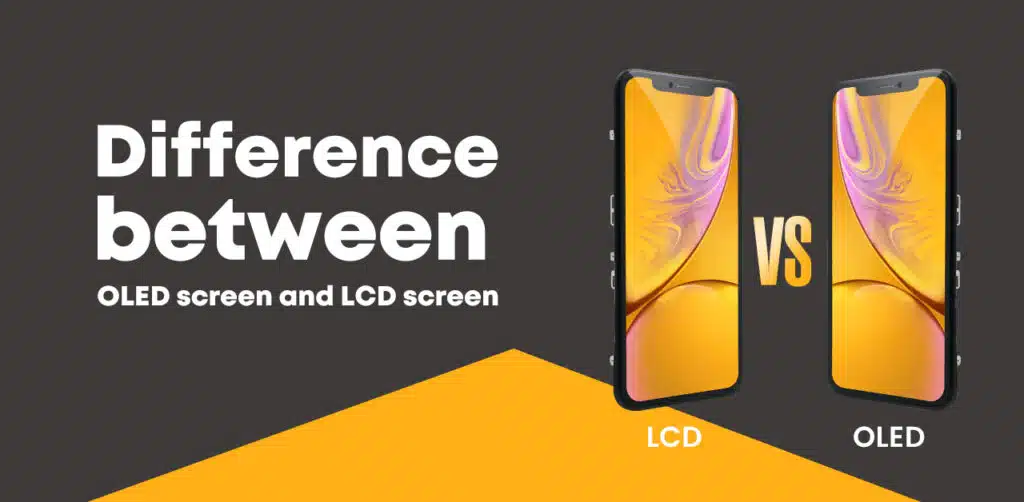
OLED (Organic Light Emitting Diode) screens and LCD (Liquid Crystal Display) screens are two popular display technologies used in many electronic devices, such as smartphones, televisions, and computer monitors. Here are the key differences between OLED and LCD screens:
Display Technology
OLED screens use organic materials that emit light when an electrical current is applied, while LCD screens use a backlight and liquid crystals to create images.
Image Quality
OLED screens generally have better image quality than LCD screens, especially when it comes to color reproduction, contrast, and black levels. OLED screens can produce true black color because individual pixels can be turned off completely, while LCD screens can only produce dark gray because of the backlight.
Eye-friendly
LCD is more eye-friendly than OLED, LCD backlight is an independent white LED backlight, with no flicker.
Power Consumption
OLED screens consume less power than LCD screens because they do not require a backlight to operate. Each pixel on an OLED screen can emit its own light, which means that the screen can be more energy-efficient.
Durability
OLED screens are generally more fragile than LCD screens because they have a thin layer of organic material that is susceptible to damage from water, moisture, and air. LCD screens, on the other hand, are more robust and resistant to damage.
Price
OLED screens are generally more expensive than LCD screens, partly because they are newer technology and still have higher manufacturing costs.
Conclusion
In summary, OLED screens offer better image quality, and lower power consumption, but can be more fragile and expensive than LCD screens. LCD screens, on the other hand, are more durable and affordable but have inferior image quality compared to OLED screens.



